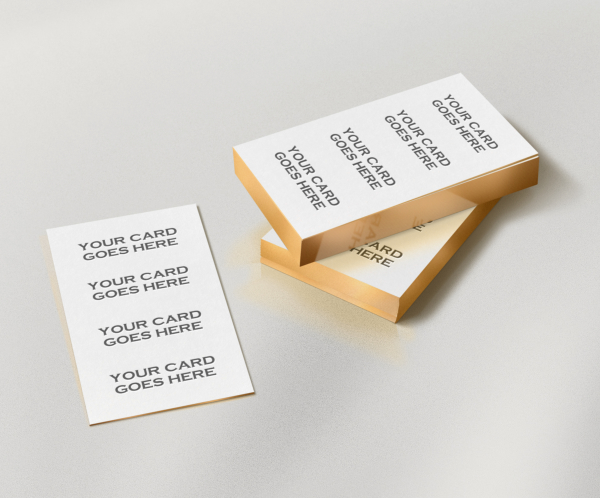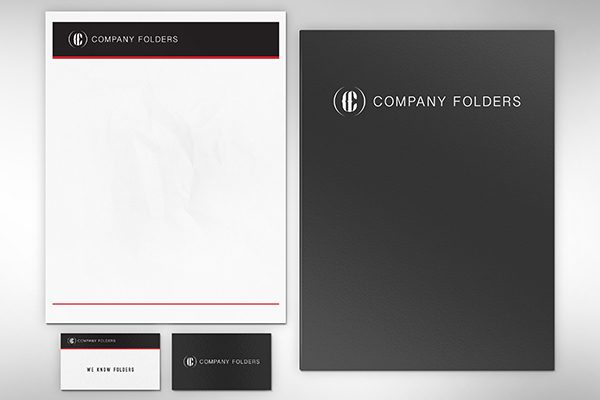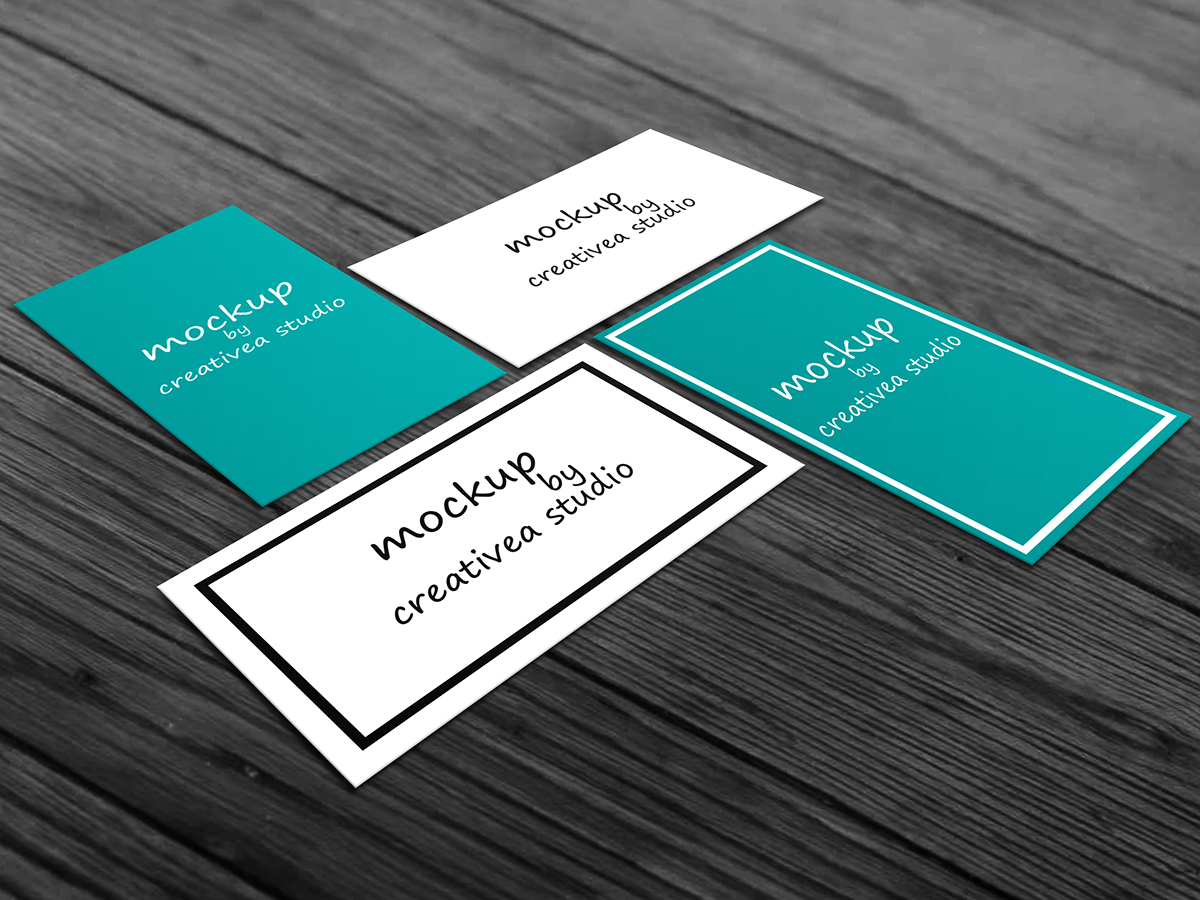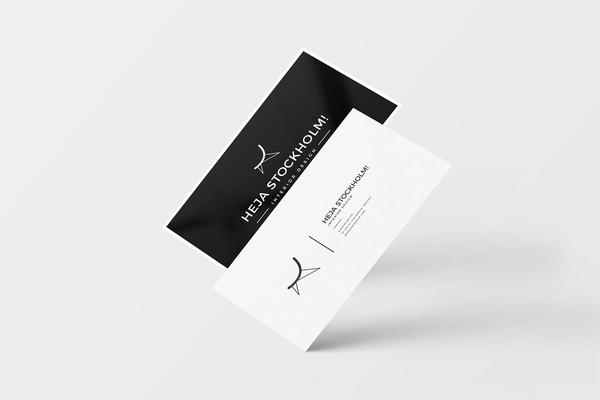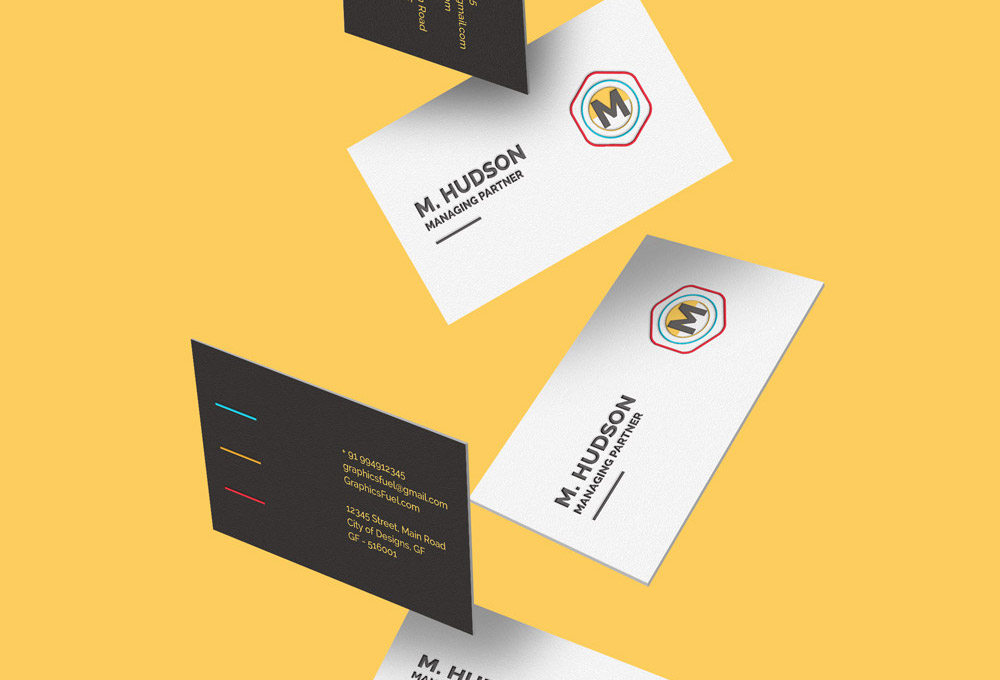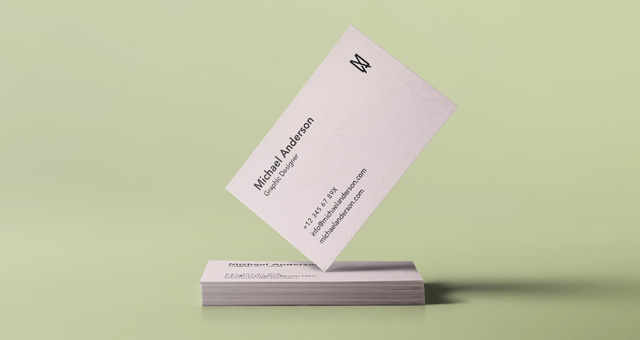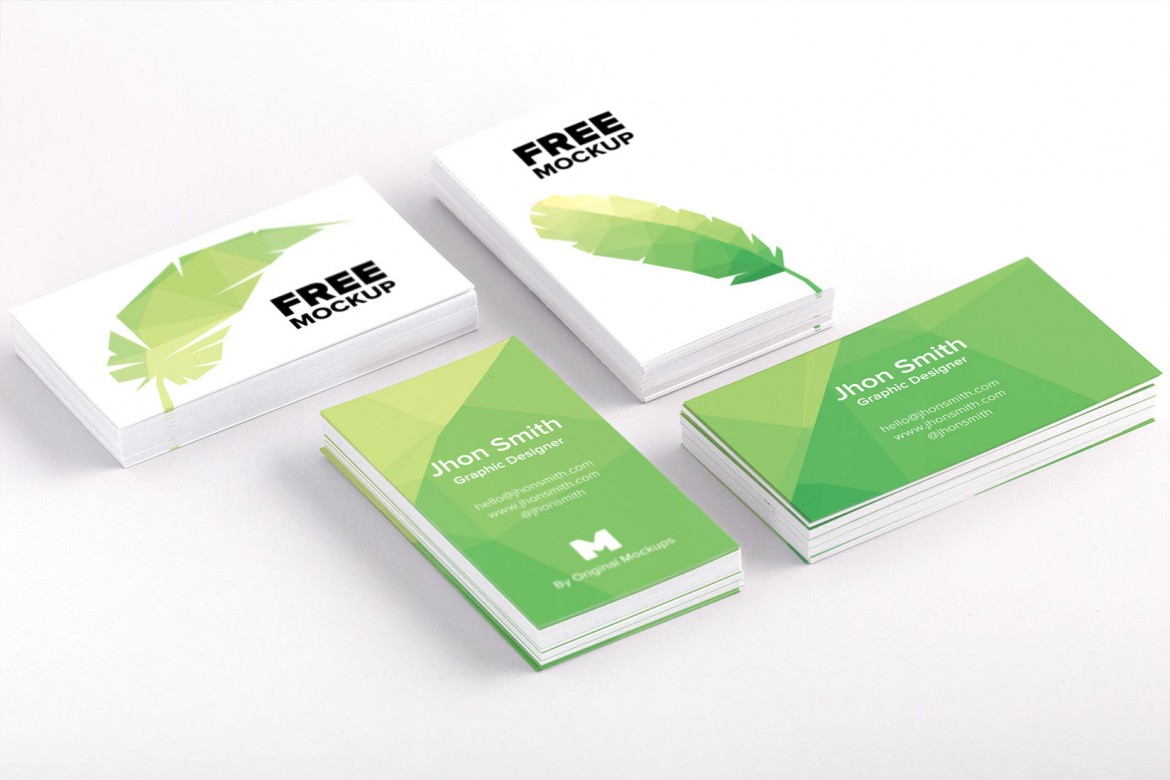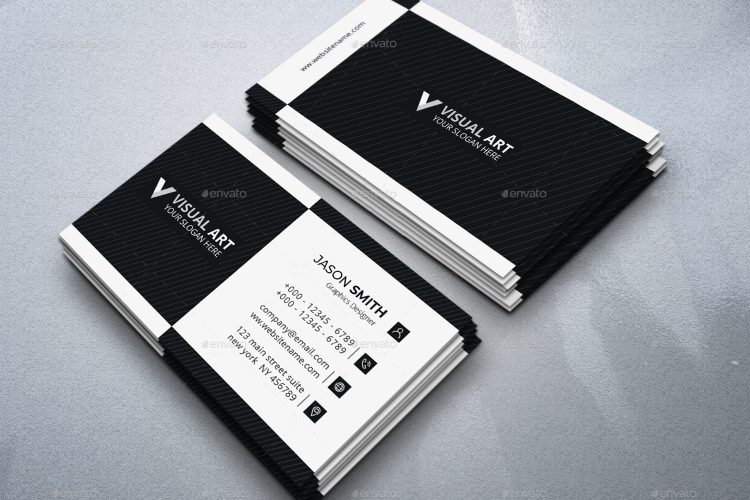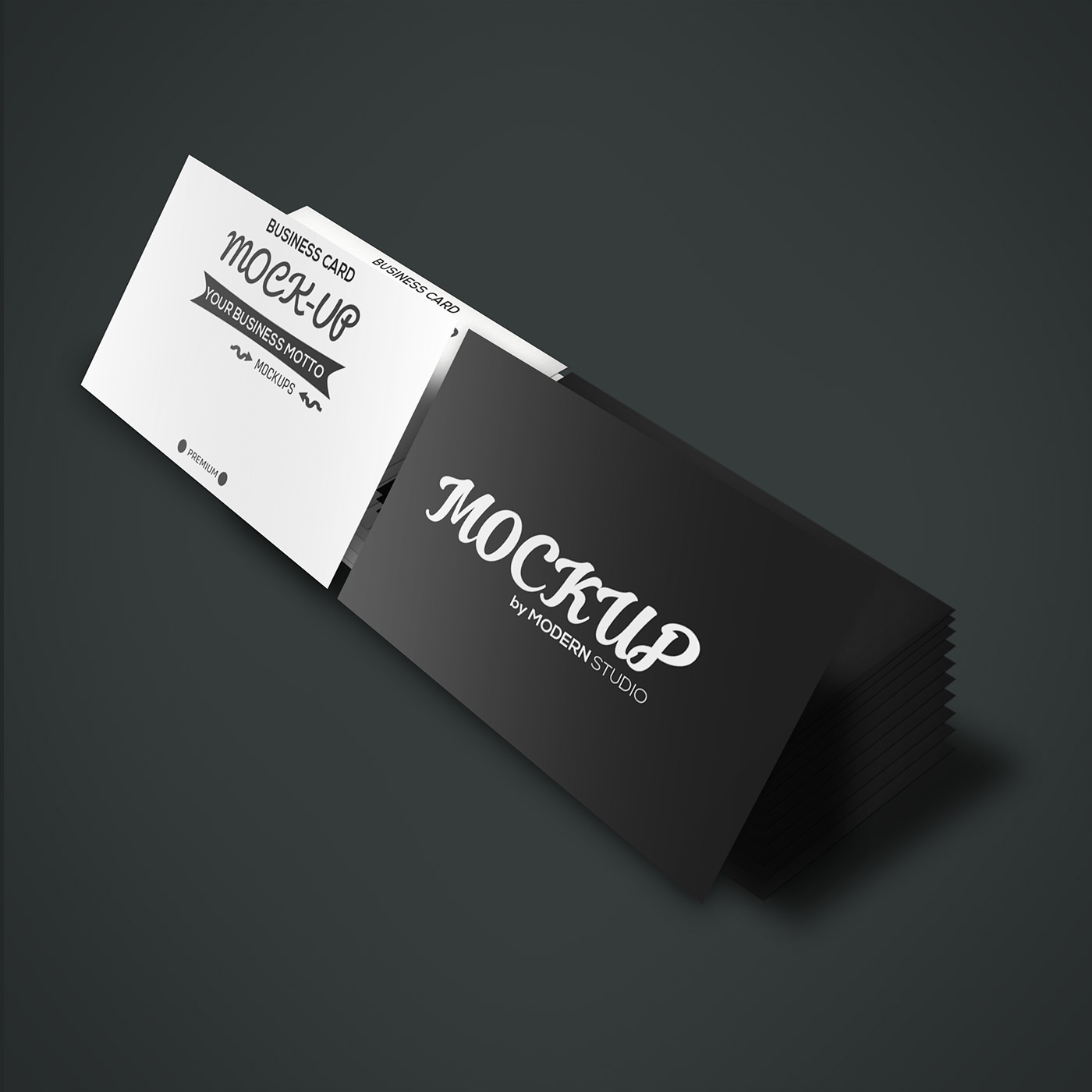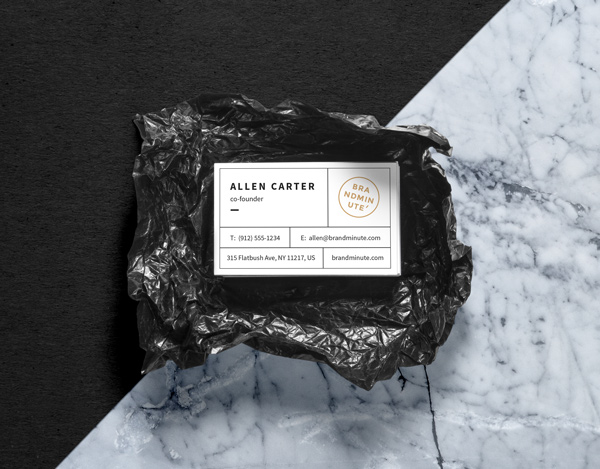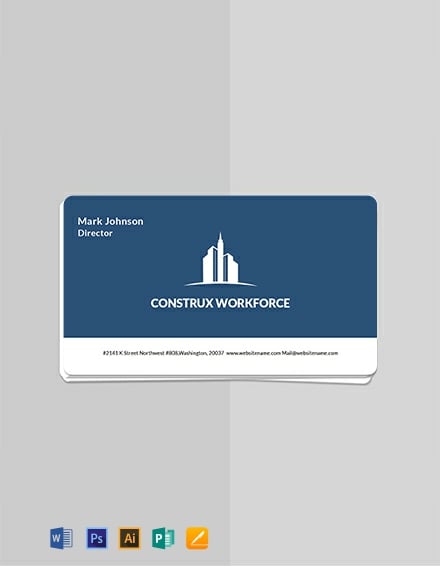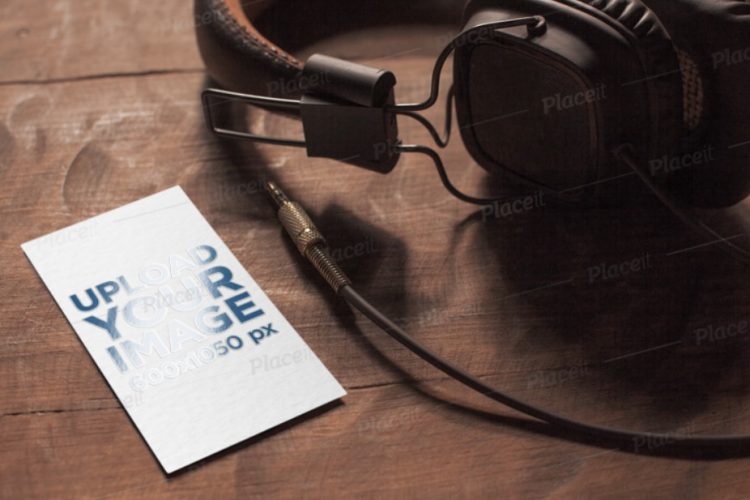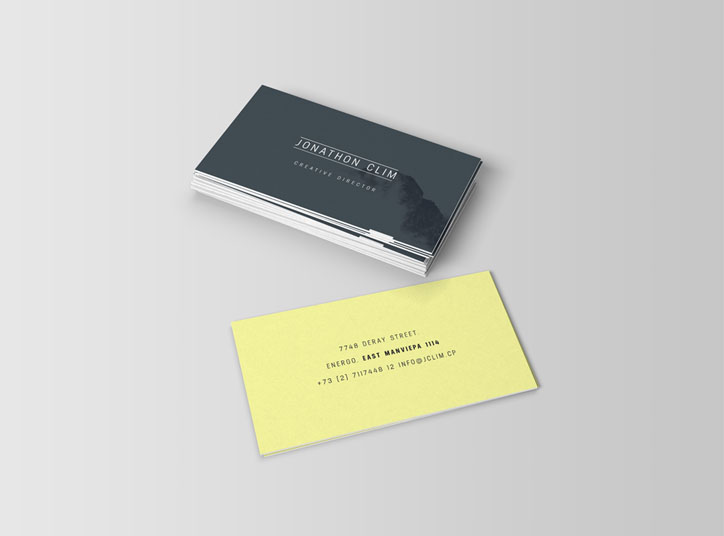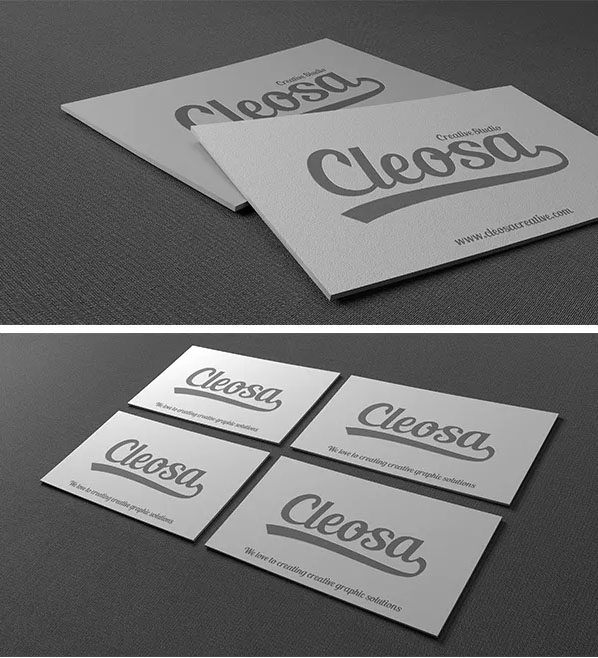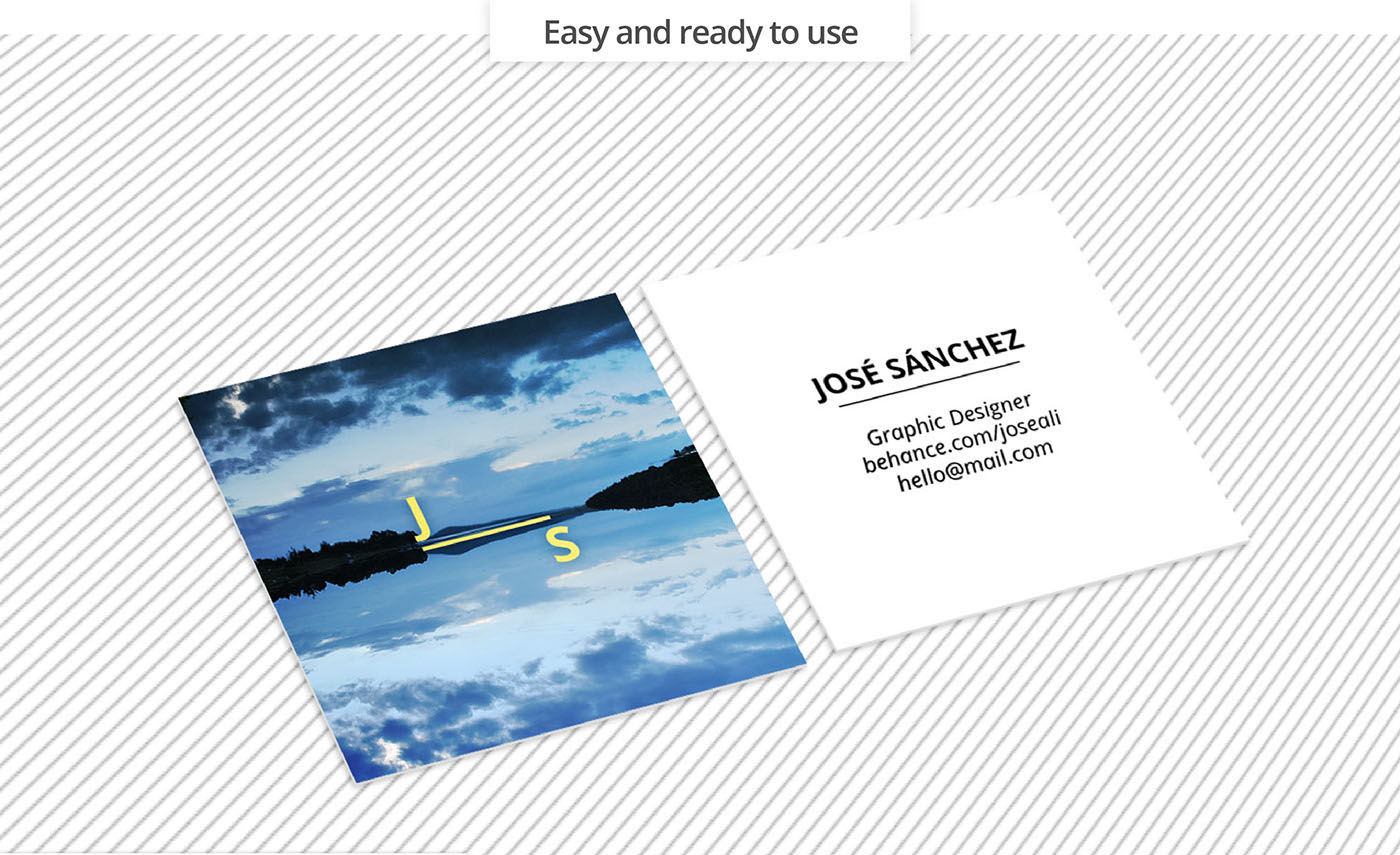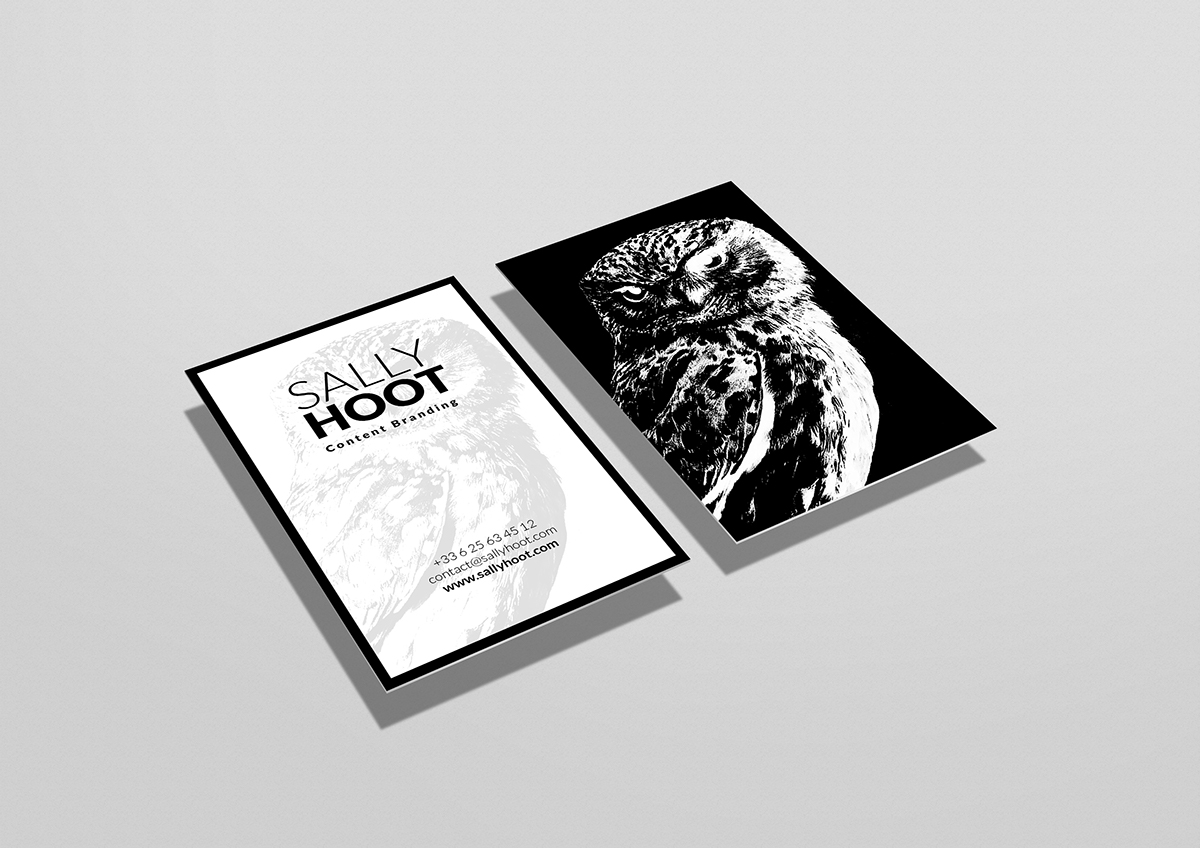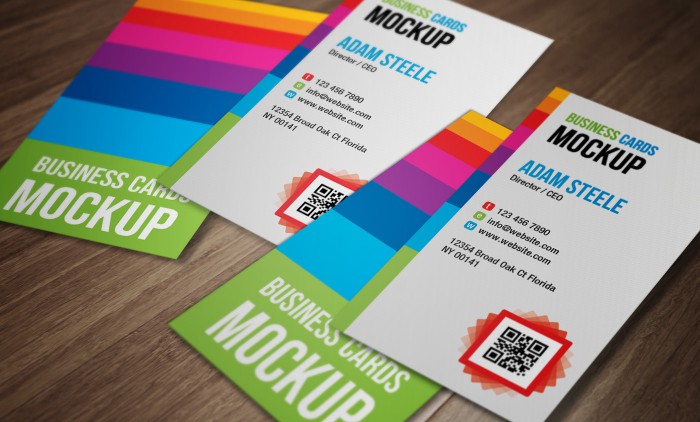American Diabetes Association Diet Type 1
Position Statement
Diabetes and Hypertension: A Position Statement by the American Diabetes Association
- Ian H. de Boer 1,
- Sripal Bangalore 2,
- Athanase Benetos 3,
- Andrew M. Davis 4,
- Erin D. Michos 5,
- Paul Muntner 6,
- Peter Rossing 7,
- Sophia Zoungas 8 and
- George Bakris 4 ⇑
- 1University of Washington, Seattle, WA
- 2New York University, New York, NY
- 3Université de Lorraine, Nancy, France
- 4The University of Chicago Medicine, Chicago, IL
- 5The Johns Hopkins University School of Medicine, Baltimore, MD
- 6School of Public Health, University of Alabama at Birmingham, Birmingham, AL
- 7Steno Diabetes Center Copenhagen, University of Copenhagen, Copenhagen, Denmark
- 8School of Public Health and Preventive Medicine, Monash University, Melbourne, Australia
- Corresponding author: George Bakris, gbakris{at}medicine.bsd.uchicago.edu .

Introduction
Hypertension is common among patients with diabetes, with the prevalence depending on type and duration of diabetes, age, sex, race/ethnicity, BMI, history of glycemic control, and the presence of kidney disease, among other factors (1–3). Furthermore, hypertension is a strong risk factor for atherosclerotic cardiovascular disease (ASCVD), heart failure, and microvascular complications. ASCVD—defined as acute coronary syndrome, myocardial infarction (MI), angina, coronary or other arterial revascularization, stroke, transient ischemic attack, or peripheral arterial disease presumed to be of atherosclerotic origin—is the leading cause of morbidity and mortality for individuals with diabetes and is the largest contributor to the direct and indirect costs of diabetes. Numerous studies have shown that antihypertensive therapy reduces ASCVD events, heart failure, and microvascular complications in people with diabetes (4–8). Large benefits are seen when multiple risk factors are addressed simultaneously (9). There is evidence that ASCVD morbidity and mortality have decreased for people with diabetes since 1990 (10,11) likely due in large part to improvements in blood pressure control (12–14). This Position Statement is intended to update the assessment and treatment of hypertension among people with diabetes, including advances in care since the American Diabetes Association (ADA) last published a Position Statement on this topic in 2003 (3).
DEFINITIONS, SCREENING, AND DIAGNOSIS
Recommendations
-
Blood pressure should be measured at every routine clinical care visit. Patients found to have an elevated blood pressure (≥140/90 mmHg) should have blood pressure confirmed using multiple readings, including measurements on a separate day, to diagnose hypertension. B
-
All hypertensive patients with diabetes should have home blood pressure monitored to identify white-coat hypertension. B
-
Orthostatic measurement of blood pressure should be performed during initial evaluation of hypertension and periodically at follow-up, or when symptoms of orthostatic hypotension are present, and regularly if orthostatic hypotension has been diagnosed. E
Blood pressure should be measured at every routine clinical care visit (15). At the initial visit, blood pressure should be measured in both arms to detect and account for abnormalities that may lead to spurious blood pressures, such as arterial stenosis. Patients with elevated blood pressure (≥140/90 mmHg) who are not known to have hypertension should have elevated blood pressure confirmed on a separate day, within 1 month, to confirm the diagnosis of hypertension.
Office-based semiautomated oscillometric blood pressure (conventional or office blood pressure) is the conventional method used to diagnose hypertension and monitor treatment response. Blood pressure should be measured by a trained individual (15) in the seated position, with feet on the floor and arm supported at heart level. Cuff size should be appropriate for the upper-arm circumference (Table 1). To reduce within-patient variability, blood pressure should be measured after 5 min of rest, 2–3 readings should be taken 1–2 min apart, and blood pressure measurements should be averaged (16). It is particularly important to make and average repeated measurements of blood pressure for the diagnosis of hypertension and titration of antihypertensive treatment.
View this table:
- View inline
Table 1
Recommended blood pressure measurement cuff size for a given arm circumference
Automated office blood pressure (AOBP) is an alternate method to measure blood pressure in which a fully automated device is used to make and average multiple readings (usually 3–5) taken over a few minutes, ideally while a patient rests quietly alone (17). AOBP was used in two large, important clinical trials, Action to Control Cardiovascular Risk in Diabetes (ACCORD) (18) and Systolic Blood Pressure Intervention Trial (SPRINT) (19). If the patient is alone when the readings are taken, the approach is also useful for diagnosing white-coat hypertension (20). AOBP generates values 5–10 mmHg lower than conventional office readings, on average. Thus, results of trials using this technique cannot be directly applied to practices that measure conventional office blood pressure (17,21–23). With the exception of ACCORD (18), most of the evidence of benefits of hypertension treatment in people with diabetes is based on conventional office measurements.
Hypertension is defined as a sustained blood pressure ≥140/90 mmHg. This definition is based on unambiguous data that levels above this threshold are strongly associated with ASCVD, death, disability, and microvascular complications (1,2,24–27) and that antihypertensive treatment in populations with baseline blood pressure above this range reduces the risk of ASCVD events (4–6,28,29). The "sustained" aspect of the hypertension definition is important, as blood pressure has considerable normal variation. The criteria for diagnosing hypertension should be differentiated from blood pressure treatment targets.
Hypertension diagnosis and management can be complicated by two common conditions: masked hypertension and white-coat hypertension. Masked hypertension is defined as a normal blood pressure in the clinic or office (<140/90 mmHg) but an elevated home blood pressure of ≥135/85 mmHg (30); the lower home blood pressure threshold is based on outcome studies (31) demonstrating that lower home blood pressures correspond to higher office-based measurements. White-coat hypertension is elevated office blood pressure (≥140/90 mmHg) and normal (untreated) home blood pressure (<135/85 mmHg) (32). Identifying these conditions with home blood pressure monitoring can help prevent overtreatment of people with white-coat hypertension who are not at elevated risk of ASCVD and, in the case of masked hypertension, allow proper use of medications to reduce side effects during periods of normal pressure (33,34).
Home blood pressure measurements include daytime blood pressure measured with ambulatory blood pressure monitoring as well as measurements taken with home blood pressure monitors. The cuff size is very important, as too small a cuff will give higher than actual blood pressure values and too large a cuff will give values that are lower than actual blood pressure. The correct cuff size, such that the bladder encircles 80% of the arm (Table 1), should be used. The cuff should be placed such that the middle is on the patient's upper arm at the level of the right atrium (the midpoint of the sternum), and it should never be placed over clothes.
Orthostatic Hypotension
Diabetic autonomic neuropathy or volume depletion can cause orthostatic hypotension (35), which may be further exacerbated by antihypertensive medications. The definition of orthostatic hypotension is a decrease in systolic blood pressure of 20 mmHg or a decrease in diastolic blood pressure of 10 mmHg within 3 min of standing when compared with blood pressure from the sitting or supine position (36). Orthostatic hypotension is common in people with type 2 diabetes and hypertension and is associated with an increased risk of mortality and heart failure (37).
It is important to assess for symptoms of orthostatic hypotension to individualize blood pressure goals, select the most appropriate antihypertensive agents, and minimize adverse effects of antihypertensive therapy. Additionally, antihypertensive medication type or timing (switch to nocturnal dosing) may require adjustment. In particular, α-blockers and diuretics may need to be stopped. People with orthostatic hypotension may benefit from support stockings or other approaches (38).
BLOOD PRESSURE TARGETS
Recommendations
-
Most patients with diabetes and hypertension should be treated to a systolic blood pressure goal of <140 mmHg and a diastolic blood pressure goal of <90 mmHg. A
-
Lower systolic and diastolic blood pressure targets, such as <130/80 mmHg, may be appropriate for individuals at high risk of cardiovascular disease if they can be achieved without undue treatment burden. B
Epidemiologic analyses show that blood pressure ≥115/75 mmHg is associated with increased rates of ASCVD (27), heart failure, retinopathy, kidney disease, and mortality in a graded fashion, contributing to the evidence that blood pressure control is important in the clinical outcomes of diabetes (1,2,24,26,39). However, observational studies of blood pressure targets are subject to confounding factors and do not directly assess the effects of blood pressure lowering. Clinical trials and meta-analyses of clinical trials provide the strongest evidence addressing blood pressure and offer substantial guidance for treatment targets, particularly for patients with type 2 diabetes.
Treatment of hypertension to blood pressure <140/90 mmHg is supported by unequivocal evidence that pharmacologic treatment of blood pressure ≥140/90 mmHg reduces cardiovascular events as well as some microvascular complications. In type 2 diabetes, the UK Prospective Diabetes Study (UKPDS) showed that targeting blood pressure <150/85 mmHg versus <180/105 mmHg reduced composite microvascular and macrovascular diabetes complications by 24% (28). Moreover, meta-analyses of clinical trials demonstrate that antihypertensive treatment of populations with diabetes and baseline blood pressure ≥140/90 mmHg reduces the risks of ASCVD, heart failure, retinopathy, and albuminuria (4–8,40). Therefore, most patients with type 1 or type 2 diabetes who have hypertension should, at a minimum, be treated to blood pressure targets of <140/90 mmHg.
Intensification of antihypertensive therapy to target blood pressures lower than <140/90 mmHg (e.g., <130/80 or <120/80 mmHg) may be beneficial for selected patients with diabetes. Such intensive blood pressure control has been evaluated in landmark clinical trials and meta-analyses of clinical trials.
Randomized Clinical Trials of Intensive Blood Pressure Control
The ACCORD blood pressure (ACCORD BP) trial examined the effects of intensive blood pressure control (goal systolic blood pressure <120 mmHg) versus standard blood pressure control (target systolic blood pressure <140 mmHg) among people with type 2 diabetes. Additional studies, such as Hypertension Optimal Treatment (HOT) trial and SPRINT, also examined the potential benefits of intensive versus standard blood pressure control, though the relevance of their results to people with diabetes is less clear. The Action in Diabetes and Vascular Disease: Preterax and Diamicron MR Controlled Evaluation–Blood Pressure (ADVANCE BP) trial, which tested the effects of a fixed-dose combination of antihypertensive interventions versus placebo among people with type 2 diabetes, also informs blood pressure targets (41). Study details are given in Table 2.
View this table:
- View inline
Table 2
Randomized controlled trials of intensive vs. standard hypertension treatment strategies
In ACCORD BP, intensive blood pressure control did not reduce total major atherosclerotic cardiovascular events but did reduce the risk of stroke, at the expense of increased adverse events (18). Specifically, compared with a target systolic blood pressure <140 mmHg, a target systolic blood pressure <120 mmHg resulted in no significant difference in the primary composite outcome of MI, stroke, or cardiovascular death (hazard ratio 0.88, 95% CI 0.73 to 1.06). Stroke was reduced by 41% (hazard ratio 0.59, 95% CI 0.39 to 0.89), but serious adverse events attributed to antihypertensive therapy occurred in 3.3% vs. 1.3% of participants, with significantly increased incidence of hypotension, electrolyte abnormalities, and elevated serum creatinine. Therefore, the ACCORD BP results suggest that blood pressure targets more intensive than <140/90 mmHg may be reasonable in selected patients who have been educated about added treatment burden, side effects, and costs (18,42). The achieved blood pressure in ADVANCE in the intervention group (136/73) was higher than that achieved in ACCORD intensive arm (119/64 mmHg) and would be consistent with a target blood pressure of <140/90 mmHg, though ADVANCE did not explicitly test blood pressure targets (43). Of note, ACCORD BP and SPRINT measured blood pressure using AOBP, which yields values that are generally lower than typical office blood pressure by approximately 5–10 mmHg (17), suggesting that implementing the ACCORD BP or SPRINT protocols in a typical clinic might require a systolic blood pressure target higher than <120 mmHg.
Meta-analyses of Trials
Meta-analyses of placebo-controlled clinical trials using multiple classes of antihypertensive medications clearly demonstrate that antihypertensive treatment in general reduces the risks of ASCVD, heart failure, retinopathy, albuminuria, and mortality among people with diabetes (4–8,40). Overall, compared with people without diabetes, the relative benefits of antihypertensive treatment are similar, and absolute benefits may be greater (5,8,40). To clarify optimal blood pressure targets in the setting of diabetes, meta-analyses have stratified clinical trials by mean baseline blood pressure or mean blood pressure attained in the intervention or intensive treatment arm. Based on these analyses, antihypertensive treatment appears to be beneficial when mean baseline blood pressure is ≥140/90 mmHg or mean attained intensive blood pressure is ≥130/80 mmHg (4,6–8). Among trials with lower baseline or achieved blood pressure, antihypertensive treatment reduced the risk of stroke, retinopathy, and albuminuria, but effects on other ASCVD and heart failure were not evident. A critical point is that these are all trial-level meta-analyses that are subject to confounding and imprecise in their stratification, as opposed to individual-level meta-analyses, which are needed to best address the issue (8). In addition, meta-analyses have focused largely on treatment benefits, and additional data weighing potential harms are needed. Taken together, these meta-analyses consistently show that treating patients with baseline blood pressure ≥140 mmHg to targets <140 mmHg is beneficial, while more intensive targets may offer additional though probably less robust benefits.
Individualization of Treatment Targets
Patients and clinicians should engage in a shared decision-making process to determine individual blood pressure targets, with the acknowledgment that the benefits and risks of intensive blood pressure targets are uncertain and may vary across patients. Following the ADA approach to the management of hyperglycemia, factors that influence treatment targets may include risks of treatment (e.g., hypotension, drug adverse effects), life expectancy, comorbidities including vascular complications, patient attitude and expected treatment efforts, and resources and support system (44). Specific factors to consider are the absolute risk of cardiovascular events (40,45), risk of progressive kidney disease as reflected by albuminuria, adverse effects, age, and overall treatment burden. Patients who have higher risk of cardiovascular events (particularly stroke) or albuminuria and who can attain intensive blood pressure control relatively easily and without substantial adverse effects may be best suited to intensive blood pressure control. In contrast, patients with conditions more common in older adults, such as functional limitations, polypharmacy, and multimorbidity, may be best suited to less intensive blood pressure control.
Notably, there is an absence of high-quality data available to guide blood pressure targets in type 1 diabetes. Associations of blood pressure with macrovascular and microvascular outcomes in type 1 diabetes are generally similar to those in type 2 diabetes and the general population (1). Given an absence of randomized trials with clinical outcomes in type 1 diabetes, effects of antihypertensive therapy can only be extrapolated from trials in other populations, potentially drawing from both ACCORD BP and SPRINT. Of note, diastolic blood pressure, as opposed to systolic blood pressure, is a key variable predicting cardiovascular outcomes in people under age 50 years without diabetes and may be prioritized in younger adults (46,47). Though convincing data are lacking, younger adults with type 1 diabetes might more easily achieve intensive blood pressure levels and may derive substantial long-term benefit from tight blood pressure control.
TREATMENT
Lifestyle Management
Recommendation
-
For patients with systolic blood pressure >120 mmHg or diastolic blood pressure >80 mmHg, lifestyle intervention consists of weight loss if overweight or obese; a Dietary Approaches to Stop Hypertension (DASH)-style dietary pattern including reduced sodium and increased potassium intake; increased fruit and vegetable consumption; moderation of alcohol intake; and increased physical activity. B
Lifestyle management is an important component of hypertension treatment because it lowers blood pressure, enhances the effectiveness of some antihypertensive medications, promotes other aspects of metabolic and vascular health, and generally leads to few adverse effects. In addition, patients with diabetes and systolic blood pressure >120 mmHg or diastolic blood pressure >80 mmHg are at risk for developing hypertension and its complications (48,49), and lifestyle management may help prevent or delay a diagnosis of hypertension with need for pharmacologic therapy. To facilitate long-term maintenance of behavioral change, lifestyle therapy should be adapted to suit the needs of the patient and discussed as part of diabetes management.
Although there are no well-controlled studies of diet and exercise in the treatment of elevated blood pressure or hypertension in individuals with diabetes, the Dietary Approaches to Stop Hypertension (DASH) study evaluated the impact of healthy dietary patterns in individuals without diabetes and has shown antihypertensive effects similar to those of pharmacologic monotherapy (50). A recent meta-analysis found that lifestyle intervention can help lower blood pressure in patients with type 2 diabetes (51). Medium- or high-intensity combined lifestyle counseling has shown benefit in patients selected for cardiovascular risk factors, including diabetes, for the intermediate outcomes of blood pressure, lipids, fasting blood glucose, and weight, especially over 12 to 24 months (52).
Lifestyle therapy consists of reducing excess body weight through caloric restriction, restricting sodium intake (<2,300 mg/day), increasing consumption of fruits and vegetables (8–10 servings per day) and low-fat dairy products (2–3 servings per day), avoiding excessive alcohol consumption (no more than 2 servings per day in men and no more than 1 serving per day in women) (53), smoking cessation, reducing sedentary time (54), and increasing physical activity levels (55). These lifestyle strategies may also positively affect glycemic and lipid control and should be encouraged in those with even mildly elevated blood pressure. In addition, clinicians are encouraged to routinely review patient medication lists for agents that may raise blood pressure, including over-the-counter and herbal ones. As an example, one meta-analysis suggested that nonsteroidal anti-inflammatory drugs increase systolic blood pressure on average by 5 mmHg (56).
Sodium
Sodium reduction has not been tested in controlled clinical trials in people with diabetes. However, results from trials in primary hypertension have shown a reduction in systolic blood pressure of ∼5 mmHg and diastolic blood pressure of 2–3 mmHg with moderate sodium reduction (from a daily intake of 200 mmol [4,600 mg] to 100 mmol [2,300 mg] of sodium per day) (57). A dose-response effect has been observed with sodium reduction. Even when pharmacologic agents are used, there may be a better response when there is concomitant salt restriction due to the volume component of hypertension.
Physical Activity
Moderately intense physical activity, such as 30–45 min of brisk walking most days of the week, has been shown to lower blood pressure (58). Regular exercise may lower blood pressure, necessitating dose adjustment of antihypertension medications (59). β-Blockers may reduce maximal exercise capacity, while diuretics may increase risk of dehydration. Physical activities should be promoted in all patients including older adults with physical limitations. The type and intensity of physical activities should be adapted to the preferences and functional status of the patient.
Weight Loss
Weight reduction should be considered in the management of blood pressure. The loss of 1 kg in body weight has been associated with a decrease in blood pressure of ∼1 mmHg (60). Some weight-loss medications may induce increases in blood pressure levels, so these must be used with care.
Sleep Apnea
Treatment of obstructive sleep apnea has been shown to reduce blood pressure in randomized studies of people with diabetes (61).
Pharmacologic Antihypertensive Treatment
Recommendations
-
Patients with confirmed office-based blood pressure ≥140/90 mmHg should, in addition to lifestyle therapy, have timely titration of pharmacologic therapy to achieve blood pressure goals. A
-
Patients with confirmed office-based blood pressure ≥160/100 mmHg should, in addition to lifestyle therapy, have prompt initiation and timely titration of two drugs or a single-pill combination of drugs demonstrated to reduce cardiovascular events in patients with diabetes. A
-
Treatment for hypertension should include drug classes demonstrated to reduce cardiovascular events in patients with diabetes: ACE inhibitors, angiotensin receptor blockers (ARBs), thiazide-like diuretics, or dihydropyridine calcium channel blockers. Multiple-drug therapy is generally required to achieve blood pressure targets (but not a combination of ACE inhibitors and ARBs). A
-
An ACE inhibitor or ARB, at the maximum tolerated dose indicated for blood pressure treatment, is the recommended first-line treatment for hypertension in patients with diabetes and urine albumin-to-creatinine ratio ≥300 mg/g creatinine (A) or 30–299 mg/g creatinine (B). If one class is not tolerated, the other should be substituted. B
-
For patients treated with an ACE inhibitor, ARB, or diuretic, serum creatinine/estimated glomerular filtration rate and serum potassium levels should be monitored. B
Initial Number of Antihypertensive Medications
Initial treatment for people with diabetes depends on the severity of hypertension (Fig. 1). Those with blood pressure between 140/90 mmHg and 159/99 mmHg may begin with a single drug. For patients with blood pressure ≥160/100 mmHg, initial pharmacologic treatment with two antihypertensive medications is recommended. The Study of Hypertension and the Efficacy of Lotrel in Diabetes (SHIELD) trial was one of the first trials to evaluate whether a higher percentage of people with diabetes would achieve the blood pressure goal when a single-pill combination was given rather than monotherapy at average blood pressures above 160/100 mmHg. The 214 patients received initial therapy with an ACE inhibitor plus dihydropyridine calcium channel blocker (CCB) compared with the ACE inhibitor alone, which resulted in an increased proportion of participants achieving the target blood pressure at 3 months (63% vs. 37%; P = 0.002) (62). The Simplified Treatment Intervention to Control Hypertension (STITCH) trial randomized over 2,000 patients with and without diabetes whose mean blood pressure was ∼160/95 mmHg to an ACE inhibitor alone or ACE inhibitor plus thiazide-like diuretic and found that the proportion of patients achieving a blood pressure <140/90 mmHg at 6 months was higher in the combination intervention group (65% vs. 53%; P = 0.026) (63). Single-pill combinations may improve medication adherence (64).

- Download figure
- Open in new tab
- Download powerpoint
Figure 1
Recommendations for the treatment of confirmed hypertension in people with diabetes. *An ACE inhibitor (ACEi) or ARB is suggested to treat hypertension for patients with UACR 30–299 mg/g creatinine and strongly recommended for patients with UACR ≥300 mg/g creatinine. **Thiazide-like diuretic; long-acting agents shown to reduce cardiovascular events, such as chlorthalidone and indapamide, are preferred. ***Dihydropyridine. BP, blood pressure.
Classes of Antihypertensive Medications
Initial treatment for hypertension should include drug classes demonstrated to reduce cardiovascular events in patients with diabetes: ACE inhibitors (65,66), angiotensin receptor blockers (ARBs) (65,66), thiazide-like diuretics (67), or dihydropyridine CCBs (68). For patients with albuminuria (urine albumin-to-creatinine ratio [UACR] ≥30 mg/g creatinine), initial treatment should include an ACE inhibitor or ARB in order to reduce the risk of progressive kidney disease, detailed below. In the absence of albuminuria, risk of progressive kidney disease is low, and ACE inhibitors and ARBs have not been found to afford superior cardioprotection when compared with other antihypertensive agents (69). β-Blockers may be used for the treatment of coronary disease or heart failure but have not been shown to reduce mortality as blood pressure–lowering agents in the absence of these conditions (5,70).
Multiple-Drug Therapy
Multiple-drug therapy is often required to achieve blood pressure targets, particularly in the setting of diabetic kidney disease. However, the use of both ACE inhibitors and ARBs in combination is not recommended given the lack of added ASCVD benefit and increased rate of adverse events—namely, hyperkalemia, syncope, and acute kidney injury (71–73). Titration of and/or addition of further blood pressure medications should be made in a timely fashion to overcome clinical inertia in achieving blood pressure targets.
There is only one large trial including people with diabetes that randomized two single-pill combinations and assessed cardiovascular and renal outcomes. The Avoiding Cardiovascular Events Through Combination Therapy in Patients Living With Systolic Hypertension (ACCOMPLISH) trial enrolled participants at high risk of cardiovascular events (60% with diabetes) and demonstrated a decrease in morbidity and mortality with the ACE inhibitor benazepril plus the dihydropyridine CCB amlodipine versus benazepril and the thiazide-like diuretic hydrochlorothiazide (68,74). Other such trials are needed to confirm these outcomes and assess other antihypertensive medication combinations.
Diabetic Kidney Disease
Patients with diabetes and albuminuria (UACR ≥30 mg/g creatinine and particularly ≥300 mg/g creatinine) are at increased risk of progressive kidney disease (24). In this setting, ACE inhibitors and ARBs have unique renoprotective advantages in the treatment of hypertension. Outcome trials of people with type 1 and type 2 diabetes and established diabetic kidney disease (including urinary albumin excretion ≥300 mg/g creatinine) have demonstrated that an ACE inhibitor or ARB, at a maximal antihypertensive dose, slows the progression of kidney disease compared with placebo (75–77). Therefore, patients with urinary albumin excretion ≥300 mg/g creatinine should have an ACE inhibitor or an ARB included as part of their blood pressure–lowering regimen. Clinicians should also consider an ACE inhibitor or ARB in patients with hypertension at any level of albuminuria (urinary albumin excretion ≥30 mg/g creatinine) (66).
In the absence of albuminuria, the superiority of ACE inhibitors or ARBs over other antihypertensive agents for prevention of cardiovascular outcomes has not been consistently shown (66,69,78,79), although smaller trials suggest reduction in composite cardiovascular events and reduced progression to advanced stages of kidney disease (80–82). In general, ACE inhibitors and ARBs are considered to have similar benefits and risks, and if one is not tolerated, the other can often be used (65,83).
Hyperkalemia and Acute Kidney Injury
In people with diabetic kidney disease, hyperkalemia risk dramatically increases when the estimated glomerular filtration rate (eGFR) is below 45 mL/min/1.73 m2 or serum potassium is >4.5 mEq/L while the patient is already receiving a diuretic (84). Moreover, the combination of reduced eGFR and elevated potassium in a given patient can raise the risk eightfold for hyperkalemia development if spironolactone and an ACE inhibitor or ARB are added (85).
Thiazide-like diuretics are only effective in maintaining volume and reducing the risk of hyperkalemia down to an eGFR of 30 mL/min/1.73 m2 (86,87). Below an eGFR of 30 mL/min/1.73 m2, a long-acting loop diuretic, such as torsemide, should be prescribed instead.
To prevent inadvertent declines in eGFR, patients treated with an ACE inhibitor or ARB should be aware of volume status and avoid volume depletion to reduce the risk for acute kidney injury. Also, in volume depleted states, risk for hyperkalemia increases (71,72,88).
Bedtime Dosing
Evidence suggests an association between absence of nocturnal blood pressure dipping and ASCVD events. A meta-analysis of clinical trials found a small benefit of evening versus morning dosing of antihypertensive medications with regard to blood pressure control but no data on clinical effects (89). In two subgroup analyses of a single subsequent randomized clinical trial, moving at least one antihypertensive medication to bedtime significantly reduced cardiovascular events, but results were based on small numbers of events (90,91).
Monitoring
Recommendation
-
In patients receiving pharmacologic antihypertensive treatment, home blood pressure should be measured to promote patient engagement in treatment and adherence. B
Self-management is a key component of diabetes care and extends to antihypertensive treatment. Home blood pressures may improve patient medication adherence (92–94) and reduce cardiovascular risk factors (95). Furthermore, evidence suggests home blood pressure monitoring is as accurate as 24-h ambulatory blood pressure monitoring (96,97) and may better correlate with ASCVD risk than office measurements (98,99).
Interactions with Diabetes Medications
Hyperinsulinemia and exogenous insulin may theoretically lead to hypertension through vasoconstriction and sodium and fluid retention (100). However, insulin can also promote vasodilation, and basal insulin compared with standard care was not associated with a change in blood pressure in the Outcome Reduction With an Initial Glargine Intervention (ORIGIN) trial of people with type 2 diabetes or prediabetes (101).
Sodium–glucose cotransport 2 inhibitors are associated with a mild diuretic effect and a reduction in blood pressure of 3–6 mmHg systolic blood pressure and 1–2 mmHg diastolic blood pressure (102,103). Glucagon-like peptide 1 receptor agonists are also associated with a reduction in systolic/diastolic blood pressure of 2–3/0–1 mmHg (104).
RESISTANT HYPERTENSION
Recommendations
-
Patients with resistant hypertension who are not meeting blood pressure targets on conventional drug therapy with three agents, including a diuretic, should be referred to a certified hypertension specialist. E
-
Patients with resistant hypertension who are not meeting blood pressure targets on conventional drug therapy with three agents should be considered for mineralocorticoid receptor antagonist therapy. B
Resistant hypertension is defined as blood pressure ≥140/90 mmHg despite a therapeutic strategy that includes appropriate lifestyle management plus a diuretic and two other antihypertensive drugs belonging to different classes at adequate doses. Prior to diagnosing resistant hypertension, several other conditions should be excluded (Table 3).
View this table:
- View inline
Table 3
Conditions to exclude before making the diagnosis of resistant hypertension
Since multiple agents are often necessary to achieve blood pressure targets, medication adherence issues may present as resistant hypertension. Potential barriers to medication adherence (such as cost, number of medications, and side effects) should routinely be assessed. If blood pressure remains uncontrolled despite confirmed adherence, clinicians should consider an evaluation for secondary causes of hypertension.
Mineralocorticoid receptor antagonists (MRAs) are effective for management of resistant hypertension in patients with type 2 diabetes when added to existing treatment with a renin-angiotensin system (RAS) inhibitor, diuretic, and CCB (105), in part because they reduce sympathetic nerve activity (106). MRAs also reduce albuminuria and have additional cardiovascular benefits (107–110). However, adding an MRA to an ACE inhibitor or ARB may increase the risk for hyperkalemic episodes. Hyperkalemia can be managed with dietary potassium restriction, potassium-wasting diuretics, or potassium binders (111), but long-term outcome studies are needed to evaluate the role of MRAs (with or without adjunct potassium management) in blood pressure management.
PREGNANCY
Recommendations
-
Pregnant women with diabetes and preexisting hypertension or mild gestational hypertension with systolic blood pressure <160 mmHg, diastolic blood pressure <105 mmHg, and no evidence of end-organ damage do not need to be treated with pharmacologic antihypertensive therapy. E
-
In pregnant patients with diabetes and preexisting hypertension who are treated with antihypertensive therapy, systolic or diastolic blood pressure targets of 120–160/80–105 mmHg are suggested in the interest of optimizing long-term maternal health and fetal growth. E
The American College of Obstetricians and Gynecologists (ACOG) does not recommend that women with mild gestational hypertension (systolic blood pressure <160 mmHg or diastolic blood pressure <110 mmHg) be treated with antihypertensive medications, as there is no benefit identified that clearly outweighs potential risks of therapy (112). A Cochrane systematic review did not find conclusive evidence for or against blood pressure treatment for mild to moderate preexisting hypertension to reduce the risk of preeclampsia, preterm birth, small-for-gestational-age infants, or fetal death (113). For pregnant women at high risk of preeclampsia, low-dose aspirin is recommended starting at 12 weeks of gestation to reduce the risk of preeclampsia (114).
For women requiring antihypertensive therapy, blood pressure should be maintained between 120 and 160 mmHg systolic and 80 and 105 mmHg diastolic, as lower blood pressure levels may be associated with impaired fetal growth. Pregnant women with hypertension and evidence of end-organ damage including cardiovascular and renal diseases may be considered for lower blood pressure targets (i.e., <140/90 mmHg) to avoid the progression of these diseases during pregnancy.
During pregnancy, treatment with ACE inhibitors, ARBs, or spironolactone is contraindicated, as they may cause fetal damage. Antihypertensive drugs known to be effective and safe in pregnancy include methyldopa, labetalol, hydralazine, and long-acting nifedipine. Diuretics may be used during late-stage pregnancy if needed for volume control (115). Postpartum patients with gestational hypertension, preeclampsia, and superimposed preeclampsia should have their blood pressures observed for 72 h in the hospital and for 7–10 days' postpartum (112). Long-term follow-up is recommended for these women, as they have increased lifetime cardiovascular risk.
OLDER ADULTS (Aged ≥65 Years)
Arterial stiffness may develop during the aging process and contribute to an increase in systolic and decrease in diastolic blood pressure in older adults (116,117). Diabetes is itself associated with an increase in arterial stiffness (118), leading to a greater age-related increase in systolic blood pressure compared with people without diabetes (119–121). Older adults with diabetes and hypertension (mainly systolic) typically present with high risk for cardiovascular events and other age-related diseases (122–124), difficulties achieving blood pressure targets due to arterial stiffness, and high risk of iatrogenic complications, including hypoglycemia, orthostatic hypotension, and volume depletion.
In older adults with diabetes and hypertension, functional status, comorbidities, and polypharmacy are important considerations when establishing therapeutic strategies and blood pressure goals (125). Systolic blood pressure should be the main target of treatment. In fitter patients, a therapeutic strategy similar to that used in younger individuals may be used. In the subgroup with loss of autonomy and major functional limitations (e.g., those needing daily assistance for their basic activities), higher systolic blood pressure goals should be considered (e.g., 145–160 mmHg) and treatment should be reduced in the presence of low supine systolic blood pressure (<130 mmHg) or presence of orthostatic hypotension (125,126).
In older people with impaired vascular compliance, as indicated by a difference of >60 mmHg between systolic and diastolic pressures (i.e., pulse pressure), attempts to reach a target systolic pressure must be balanced against the risk of lowering diastolic pressure below 65–70 mmHg. Lowering diastolic pressures below this range in older adults may increase the risk for coronary heart disease, mortality, and other adverse cardiovascular outcomes (127–130).
When considering pharmacologic antihypertensive treatment in older adults with diabetes, note that β-blockers may mask signs of hypoglycemia, antihypertensive drugs can worsen orthostatic hypotension, and diuretics can exacerbate volume depletion. Cognitive dysfunction may affect medication-taking behaviors, particularly in the context of poor overall health status, multiple comorbidities, acute illness, polypharmacy, and poor nutrition. Tolerance of the antihypertensive treatment should be regularly assessed, especially orthostatic hypotension.
ANTIHYPERTENSIVE TREATMENT IN THE ABSENCE OF HYPERTENSION
For people with diabetes and untreated blood pressure <140/90 mmHg, there is little evidence that antihypertensive treatment improves health outcomes. Some have suggested treatment with an ACE inhibitor or ARB to prevent or delay diabetic kidney disease, but the data do not support such an approach. In a trial of people with type 2 diabetes and normal urine albumin excretion with and without hypertension, an ARB reduced or suppressed the development of albuminuria but increased the rate of cardiovascular events (131). In two trials of patients without albuminuria or hypertension, one including people with type 1 diabetes (132) and the other type 2 diabetes (133), RAS inhibitors did not prevent the development of diabetic glomerulopathy assessed by kidney biopsy. Therefore, RAS inhibitors are not recommended for patients without hypertension to prevent the development of diabetic kidney disease.
CONCLUSIONS
Hypertension is a strong, modifiable risk factor for the macrovascular and microvascular complications of diabetes. Robust literature demonstrates the clinical efficacy of lowering blood pressure, with cardiovascular and microvascular benefits demonstrated for multiple classes of antihypertensive medications. Strong evidence from clinical trials and meta-analyses supports targeting blood pressure reduction to at least <140/90 mmHg in most adults with diabetes. Lower blood pressure targets may be beneficial for selected patients with high cardiovascular disease risk if they can be achieved without undue burden, and such lower targets may be considered on an individual basis. In addition to lifestyle modifications, multiple medication classes are often needed to attain blood pressure goals. ACE inhibitors, ARBs, dihydropyridine CCBs, and thiazide-like diuretics have been demonstrated to improve clinical outcomes and are preferred for blood pressure control. For patients with albuminuria, an ACE inhibitor or ARB should be part of the antihypertensive regimen. Treatment should be individualized to the specific patient based on their comorbidities; their anticipated benefit for reduction in ASCVD, heart failure, progressive diabetic kidney disease, and retinopathy events; and their risk of adverse events. This conversation should be part of a shared decision-making process between the clinician and the individual patient.
Article Information
Acknowledgments. We would very much like to express our gratitude and thanks to Erika Gebel Berg of the ADA for her help in writing the manuscript drafts and coalescing information from all the authors.
Funding and Duality of Interest. I.H.d.B. has been a consultant for Boehringer Ingelheim and Ironwood Pharmaceuticals, and his institution has received research equipment and supplies from Medtronic and Abbott. S.B. has received research grants from the National Heart, Lung, and Blood Institute and Abbott Vascular; has been on advisory boards for Pfizer, AstraZeneca, and The Medicines Company; and has received speaker fees from Merck, Abbott, Pfizer, and Abbott Vascular. A.B. has received honoraria from Fukuda-Denshi. E.D.M. has received an honorarium from Siemens Healthcare Diagnostics for being a blinded events adjudicator in a clinical trial unrelated to the subject of this article (i.e., it was not related to either hypertension or diabetes). P.M. has received research support and honorarium from Amgen. P.R. has been a steering committee member for A Study to Evaluate the Effect of Dapagliflozin on Renal Outcomes and Cardiovascular Mortality in Patients With Chronic Kidney Disease (DAPA-CKD) (AstraZeneca) and Efficacy and Safety of Finerenone in Subjects With Type 2 Diabetes Mellitus and the Clinical Diagnosis of Diabetic Kidney Disease (FIGARO)/Efficacy and Safety of Finerenone in Subjects With Type 2 Diabetes Mellitus and Diabetic Kidney Disease (FIDELIO) (Bayer) and has received consultancy and/or speaking fees (all honoraria to his institution) from AbbVie, Astellas, AstraZeneca, Bayer, Boehringer Ingelheim, Eli Lilly, and Novo Nordisk. S.Z. has been a consultant for AstraZeneca/Bristol-Myers Squibb Australia, Janssen-Cilag, Merck Sharp & Dohme, Novo Nordisk, Sanofi Australia, and Servier International. G.B. has been a principal investigator on FIDELIO (Bayer), a steering committee member for Evaluation of the Effects of Canagliflozin on Renal and Cardiovascular Outcomes in Participants With Diabetic Nephropathy (CREDENCE) (Janssen) and Study Of Diabetic Nephropathy With Atrasentan (SONAR) (AbbVie), and a consultant for Merck, Relypsa, Vascular Dynamics, GlaxoSmithKline, Bayer, Janssen, and AbbVie. No other potential conflicts of interest relevant to this article were reported.
Footnotes
-
This position statement was reviewed and approved by the American Diabetes Association Professional Practice Committee in June 2017 and ratified by the American Diabetes Association Board of Directors in July 2017.
-
For further information on the ADA evidence grading system and the levels of evidence, please see Table 1 in the American Diabetes Association's Introduction section of the Standards of Medical Care in Diabetes—2017. Diabetes Care 2017;40(Suppl. 1):S2, https://doi.org/10.2337/dc17-S001.
-
This article is featured in a podcast available at http://www.diabetesjournals.org/content/diabetes-core-update-podcasts.
- © 2017 by the American Diabetes Association.
American Diabetes Association Diet Type 1
Source: https://care.diabetesjournals.org/content/40/9/1273






